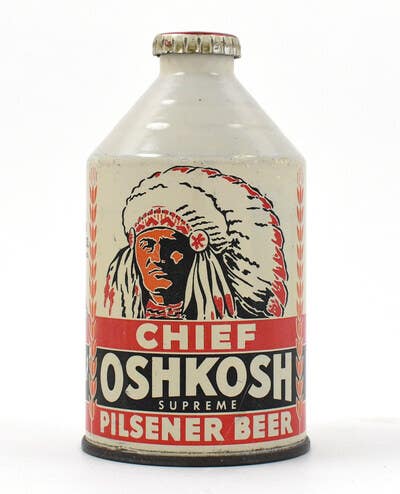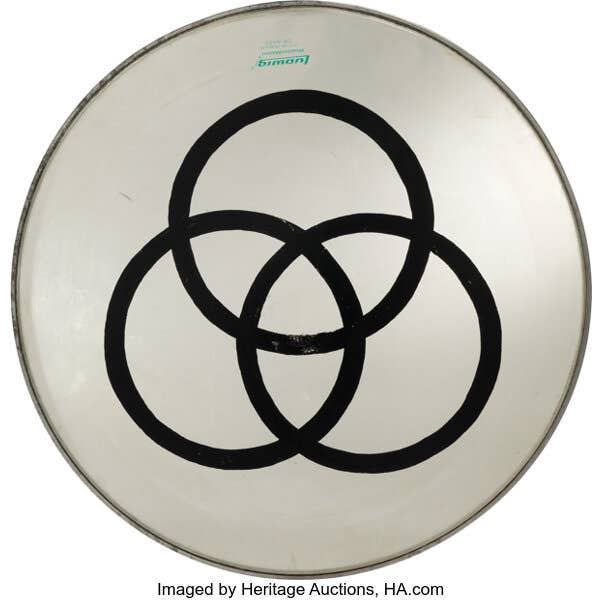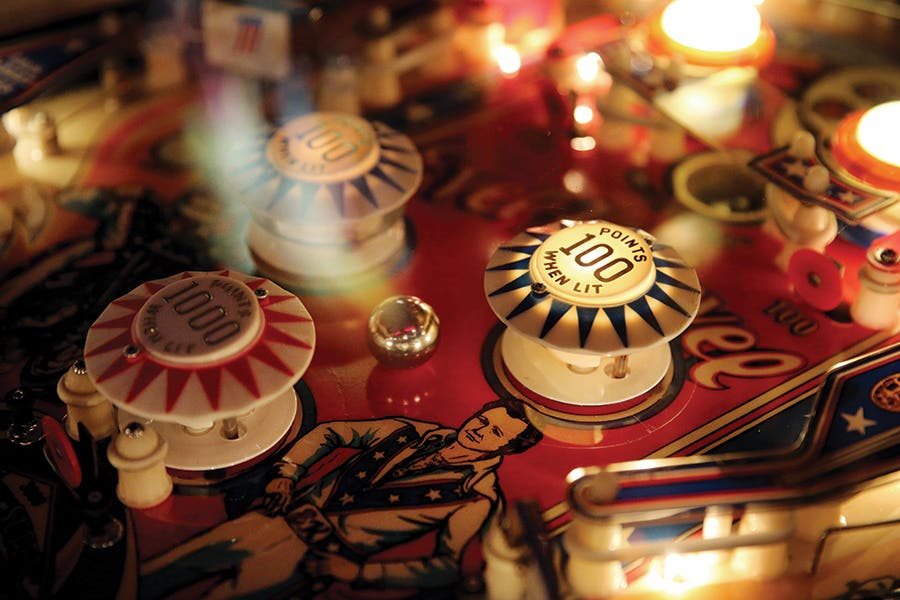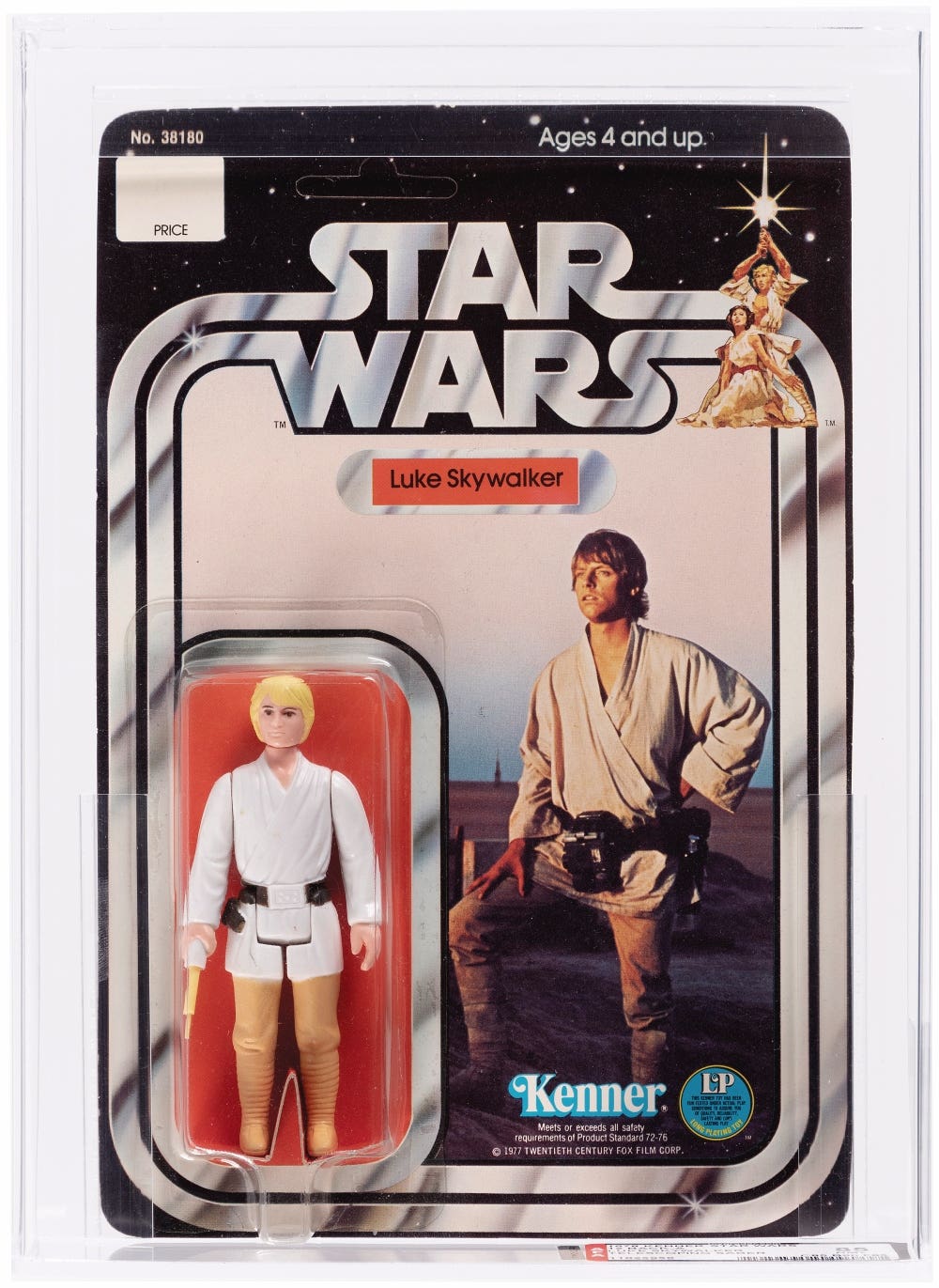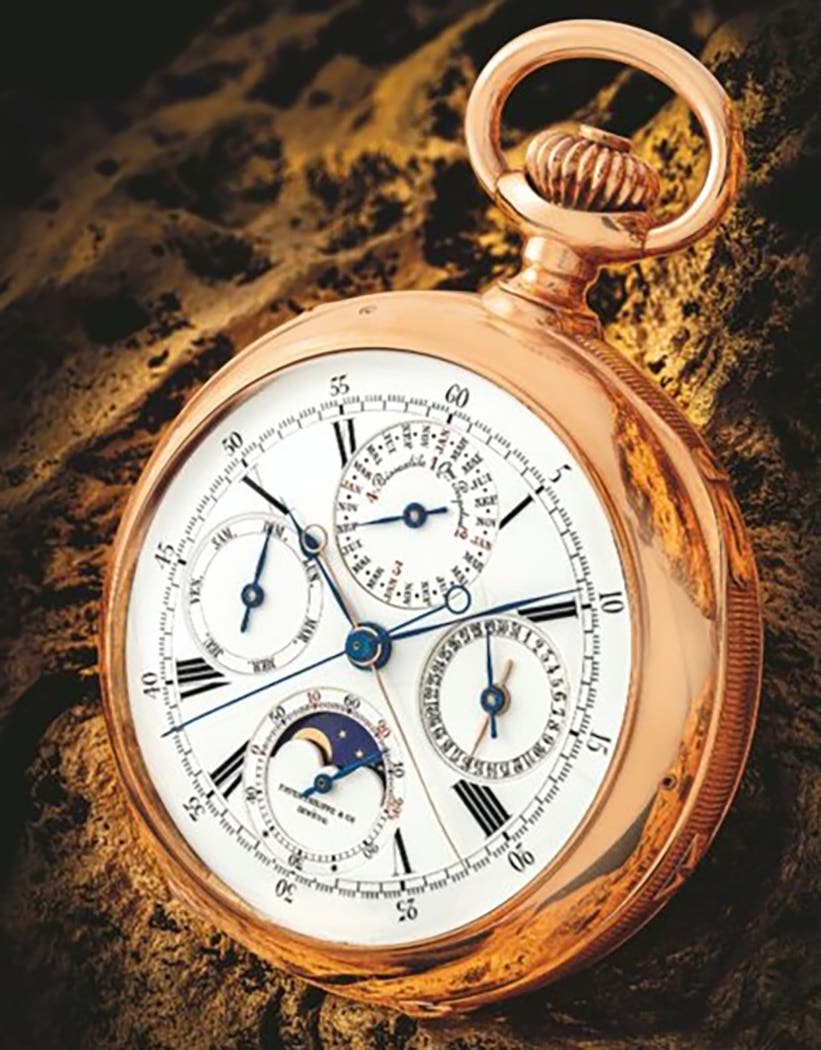Developing skills for identifying vintage photos
Esteemed Ask the Experts columnist Dr. Anthony Cavo serves up a primer on identifying types of early photographs, in a Special Feature.
By Dr. Anthony J. Cavo
One of the most available, most misunderstood and certainly the most misidentified of all antiques are photographs. It would be difficult to find an antique dealer who has not at one time or another bought and sold 19th century photographs, yet, the average dealer would be hard pressed to correctly identify or date the different types of photographic images they routinely encounter.
I bought my first 19th century photograph in 1963 on a farm in Pennsylvania, out of a barn that housed ducks and doubled as an antique shop. I was fascinated by the idea that antique images were a small window into the past; I have collected photographs ever since.
To fund this newly acquired habit I would scour our New York City neighborhood with my red wagon and collect discarded furniture, glassware, artwork, and textiles, which I sold on the weekends at the 26th Street Flea Market in Manhattan. I used the profits to subsidize my photograph collecting and purchased photographs each week from other dealers at the flea market who routinely saved images for me beneath their tables; I was the photograph boy. Soon I was buying photographs at auctions where they were usually sold as box lots with often more than one-hundred in a lot; the Pine Bush Grange Hall was my favorite source.
Dealers didn’t eagerly purchase photographs during the 1960s and box-lots often yielded interesting treasures. I soon learned to identify daguerreotypes, ambrotypes, tintypes (ferrotype, melainotype, melanotype), cartes de visite (carte-de-visite, CDV, CdV), cabinet cards, cyanotypes, and real-photo postcards (and drove my family crazy with frequent testing). Though there are other types of photographs, these are the examples most frequently encountered in the antique trade.
Delving Into Daguerreotypes
Although successful experiments with photography took place well before 1839 it wasn’t until 1840 that photography, in the form of the daguerreotype, was commercially available to the general public; the daguerreotype dominated all other photographic mediums for more than twenty years until the early 1860s. In short, daguerreotypes are photos on highly polished, silver-plated, copper sheets where the exposed photographic plate becomes the one-of-a-kind image (unlike glass negatives and later celluloid innovations where the image is printed from a negative and could be duplicated).
The highly polished surface of the daguerreotype is also highly reflective, which often makes the image difficult to see without tilting or slowly rocking the photo until the image is clear. It has been referred to as “the mirror with a memory.” Unless the image has been carefully preserved and sealed in a case the silver surface will tarnish and the photo can become dark and sometimes completely obscured. Daguerreotypes are almost always laterally-reversed as can be seen in daguerreotypes with any type of print in them (the print is always backwards). A daguerreotype of a daguerreotype will not be reversed. A well-preserved quality daguerreotype is easily one of the most beautiful type of photographs that can be found.
Cases for daguerreotypes were initially made of wood covered with paper on which a design had been embossed. Leather or lacquered wood decorated with abalone were also used. During the 1850s, Littlefield, Parsons Co. created the “Union Case”, a durable, hinged case made of thermoplastic; a mixture of shellac, wood shavings, and dye pressed into a mold. These cases were stamped with very detailed designs such as flowers, romantic, historic and allegorical scenes, famous people, geometric figures, and animals. Gold foil mats were used to frame the image and prevent contact between the image and cover glass.
The mats, initially thick and flat with a smooth or pebbled surface became increasingly thinner and more decorative through the 1850s into the early 1860s often depicting patriotic or military themes. The shape of the opening in a mat can be used to date, if not the photograph, the mat, with octagon-shape being the earliest. From about 1840 to 1846 a daguerreotype consisted of the image, a mat, and a cover glass taped together and inserted in a case. In 1847 preservers were added. A preserver is a thin, brass frame that holds the three taped components together.
Thermoplastic cases are often mistakenly identified as being made of gutta percha; a naturally occurring latex. Gutta percha was not used for photographic cases. One sure sign that an antique dealer has not done their homework is a thermoplastic photo case identified as gutta percha. These hinged, patented, thermoplastic cases were made through the 1850s into the early 1860s. These cases opened like a book to reveal a photograph on the right and a simple satin or fancy cut velvet face pad on the left with leaf or scroll motifs, often with the photographer’s name cut into the velvet. Sometimes the case contained a second photograph in place of the face pad.
Understanding Ambrotypes
Another major mistake that many dealers make is to assume a photograph is a daguerreotype
simply because it is housed in a case; cases were used for Daguerreotypes, Ambrotypes and tintypes. It is important to consider a photograph case when dating an image, though it is a method that is not always accurate. Photos could be and were often removed from an embossed leather or paper case from the 1840s and placed in the fancier thermoplastic cases of the 1850s and vice versa. (It appears the “paper or plastic” query has been around for quite some time.)
Daguerreotypes (dags) and ambrotypes (ambros) were made in a variety of sizes: whole plate 6.5 by 8.5 inches, half plate 4.5 by 5.5 inches, quarter plate 3.25 by 4.25 inches, sixth plate 2.75 by 3.25 inches, ninth plate 2 by 2.5 inches, and sixteenth plate 1.625 by 1.375 inches. Daguerreotypes were popular from 1840 to about 1860, while ambrotypes were popular from the mid-1850s to the early 1860s. The ambrotype is usually overshadowed by the beauty of the daguerreotype, but can rival the daguerreotype for beauty if done by a skilled photographer. Daguerreotypes were expensive and limited to the affluent; depending on the size, one might cost the equivalent of a week’s pay.
Assuming a mat is genuine to the photograph it can be an aid in dating the image. The shape, weight, thickness, and texture of a mat can help determine when the photo was taken and case assembled.
An ambrotype is a negative image on glass made to appear positive when placed against a black background of paper, cloth, or metal. The ambrotype of a young girl pictured at left, shows half the plate with and without a black background. The back of these images was often coated with black varnish that shrinks over time, which causes crazing throughout an image. Although the exposure for an ambrotype could be twice as long as that for a daguerreotype, and was quite fragile when compared with the silver on copper daguerreotype, it was also less expensive. Because the ambrotype is on glass it also has a reflective quality. When inspecting an ambrotype the reflection observed is that of glass rather than the mirror effect seen in daguerreotypes. It is also possible to appreciate depth in an ambrotype, which is not seen in daguerreotypes.
Color could be applied to both the daguerreotype and ambrotype by means of a fine powdered pigment lightly dusted onto the image with the use of a stencil. Jewelry, watch chains, and buttons were frequently gold tinted. Unless you are a skilled preservationist it is recommended you do not attempt to remove ambros or dags from their cases. Doing so may crack the ambrotype or break the seal on a daguerreotype leaving it exposed to tarnishing. Even the lightest touch to the surface of a daguerreotype can damage the image beyond repair; a simple touch of a finger or swipe with a cloth can remove the image entirely.
Telltale Signs of Tintypes
During the mid-1850s an innovative new photographic technique commonly known as the tintype (ferrotype, melanotype, or melainotype) was invented and remained in use through the early 20th century. It, like the ambrotype, is sometimes referred to as “the poor man’s daguerreotype,” and like the ambrotype utilizes the same surface emulsion. This emulsion, however, is coated on black japanned tin rather than on glass and is therefore always a positive image, whereas the ambrotype is a negative image that appears positive when placed on a black background.
Although a studio was not a requirement for the daguerreotype or ambrotype, most of them were taken in studios as a result of the bulky equipment and chemical requirements. These studios were often elegant and furnished with the latest and most expensive furnishings, textiles, carpets, and chandeliers. The tintype took the photograph out of the studio and many of these images were taken by itinerant photographers who relied on tents rather than elaborate studios.
Tintypes were inexpensive and for the first time multiple copies could be taken at the same sitting. With the aid of a “multiplying camera,” which was first used during the mid-1850s, four duplicate photos could be taken at one time. By 1858 the multiplying camera increased the number of duplicate photos taken at one time to 12, 15, and even a whopping 36 images. Typically the more lenses used, the smaller the photo. Depending on the photographer’s skill, some tintypes could be quite lustrous and beautiful, though many were dark, dull, or even brownish (chocolate tintypes).
The carte de visite (CDV) was invented by Andre Disderi in 1854 and was publicly introduced in 1859. He was able to take eight separate negatives on a single plate; this resulted in the demise of the daguerreotype. These sharply focused images were produced in the millions well into the latter part of the 19th century and are not particularly rare today, yet very collectable and often valuable.
These albumen prints were roughly equivalent in size to a calling or business card, 2.125 inches (5.4 cm) by 3.5 inches (8.89 cm) mounted on a 2.5-inch (64 mm) by 4-inch (100 mm) card; CDVs can be found in matte or glossy. These reproducible photographs were directly responsible for the Victorian craze of cartomania as people collected CDVs and tintypes of family members, friends, and notables such as royalty, Civil War officers, politicians, actors and the like. Albums made specifically for these photographs were kept in almost every middle class Victorian parlor and offered to family, guests and visitors as a means of entertainment. CDVs were extremely popular until 1866 when the cabinet card usurped their popularity.
Cabinet cards were introduced in 1866 and quickly surpassed CDVs and tintypes in popularity. They were larger, 6.5 inches (16 cm) by 4.25 inches (11 cm) and displayed the full figure more effectively than the smaller CDV, thus allowing people to show off their elegant, often ostentatious, clothing.
Special albums were once again made to accommodate cabinet cards; CDVs were now relegated to
a few pages in the back of the album. Other albumen prints (card photographs) and their approximate sizes are: Victoria, 3.2 by 5 inches (8.2 by 12.7 cm), Promenade 4 by 7 inches (9.7 X 20.5 cm), Panel 5 by 9.3 inches (12.7 by 23.8 cm), Boudoir, 5.5 by 8.5 inches (14 by 21.6 cm), and the Imperial Card, 7 by 9.6 inches (17.8 by 24.5 cm).
The next time you encounter an old photograph, try to determine what type of photograph it is and use this information along with the clothing to determine the age. I might mention, without going into detail, that card stock, borders, and edges of the card itself may also be used to determine the age of a card photograph.
When you hold one of these images imagine the hands through which they passed, the candle-lit rooms in which they were viewed, and the life the sitter may have led, and know if that image is a daguerreotype or ambrotype, you are holding the only one of its kind. They and those they loved are long gone and it is now your privilege to cherish and care for them.
Dr. Anthony J. Cavo is an honors graduate of the Asheford Institute Of Antiques and a graduate of Reisch College of Auctioneering. Dr. Cavo is an active dealer and appraiser in the antiques and collectibles marketplace in the U.S. and abroad.




